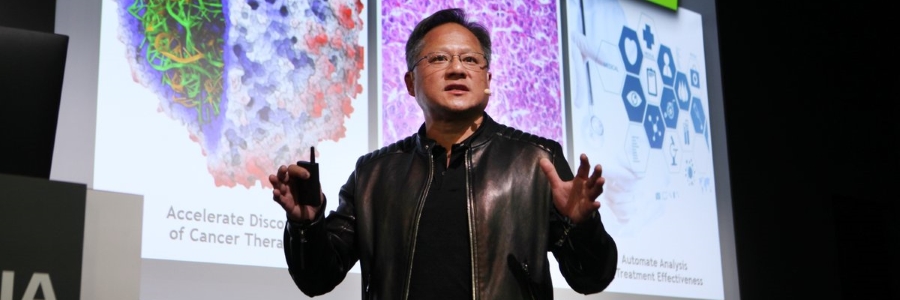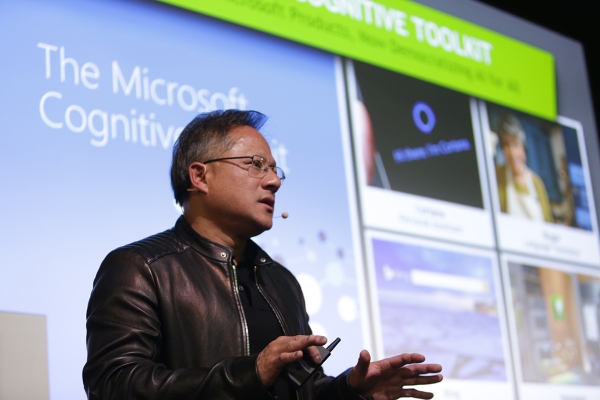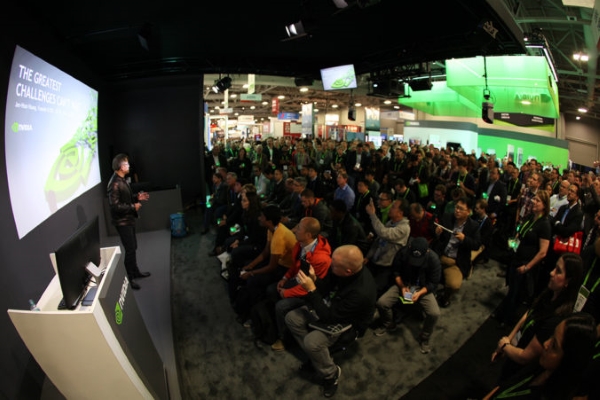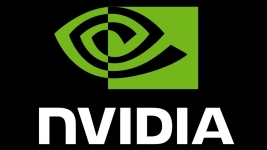
Super Computing 16 in Salt Lake City was the occasion for NVIDIA CEO and Co-founder Jen-Hsun Huang to share his views on the future of High Performance Computing. He believes that the huge progresses in AI, with the use of deep learning, will create the path to exascale computing.
“Several years ago deep learning came along, like Thor’s hammer falling from the sky, and gave us an incredibly powerful tool to solve some of the most difficult problems in the world,” Jen-Hsun said. “Every industry has awoken to AI.”
For the GPU Company’s CEO, 2016 was a great year for deep learning with the launch of the new Pascal GPU and with the fact that the number of deep learning developers is now close to half a million.
The Super Computing Conference was also the occasion for NVIDIA to make three major announcements:
- Microsoft and NVIDIA announced the Microsoft Cognitive Toolkit, the first purpose-built enterprise AI framework optimized to run on NVIDIA Tesla GPUs in Microsoft Azure on on-premises. “We’re partnering with the company with the largest reach with companies around the world, and we now have the ability to bring AI to companies all around the world,” Jen-Hsun said.
- NVIDIA announced that it is teaming up with the National Cancer Institute, the U.S. Department of Energy and several national laboratories to help build an AI framework dubbed CANDLE — for Cancer Distributed Learning Environment — to support the U.S. government’s Project Moonshot cancer research effort. “It’s going to make it possible for scientists and researchers to use deep learning, as well as computational sciences, to address some of the urgent challenges of cancer,” Jen-Hsun said.
- Jen-Hsun also spoke about the new NVIDIA DGX SATURNV supercomputer, and how it’s speeding work on CANDLE. Unveiled earlier today, it’s ranked the world’s most efficient — and 28th fastest overall — on the Top500 list of supercomputers. “If you’re going to shoot for the Moon, you’re going to need a big rocket, so we decided to build one of the world’s greatest supercomputers,” Jen-Hsun said.
NVIDIA is focused on unleashing the power of parallel computing in order to achieve new machine able to help us to understand our world on a different perspective.
“The next generation of supercomputers,” Jen-Hsun said, “will be able to do both kinds of work — performing 64-bit floating point math to tackle computational science challenges, such as predicting physical and biological behavior.”
“At the same time, they’ll need to be able to tackle tasks where the information is incomplete — where there are no first principles to work with,” Jen-Hsun explained. “These are classic deep learning problems — such as beating the world’s greatest human Go masters — where 16-bit floating point math is enough.”
© HPC Today 2024 - All rights reserved.
Thank you for reading HPC Today.
































